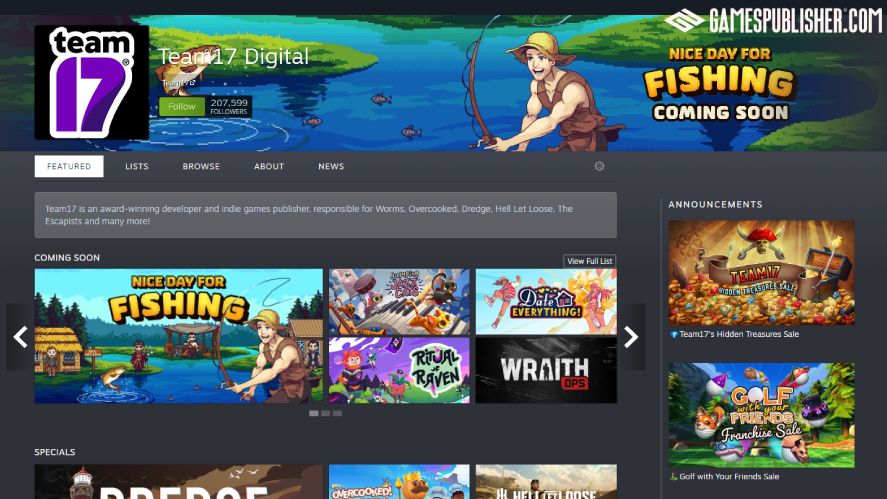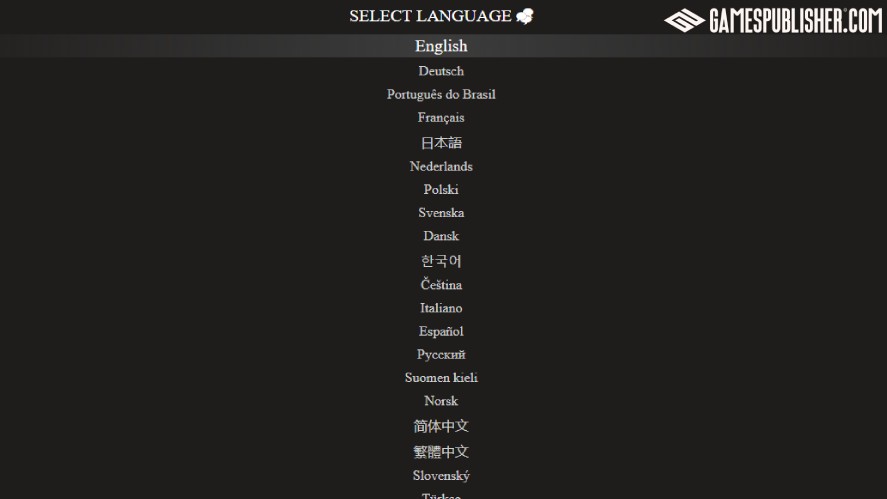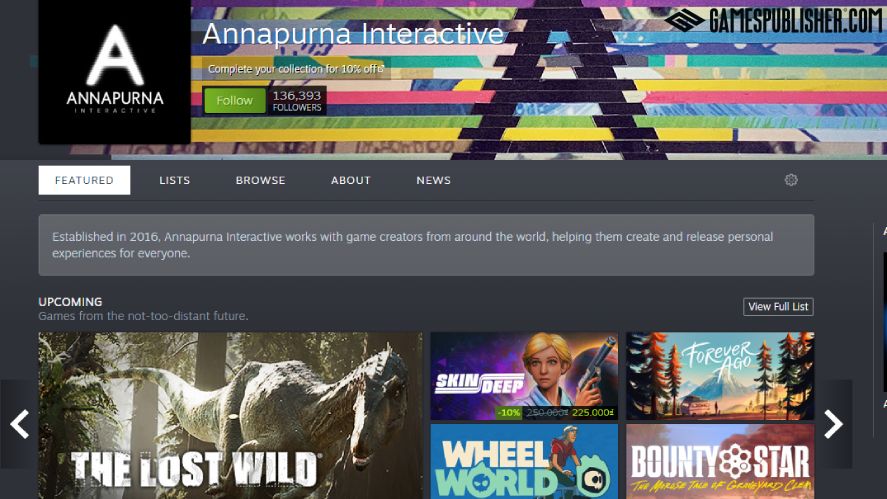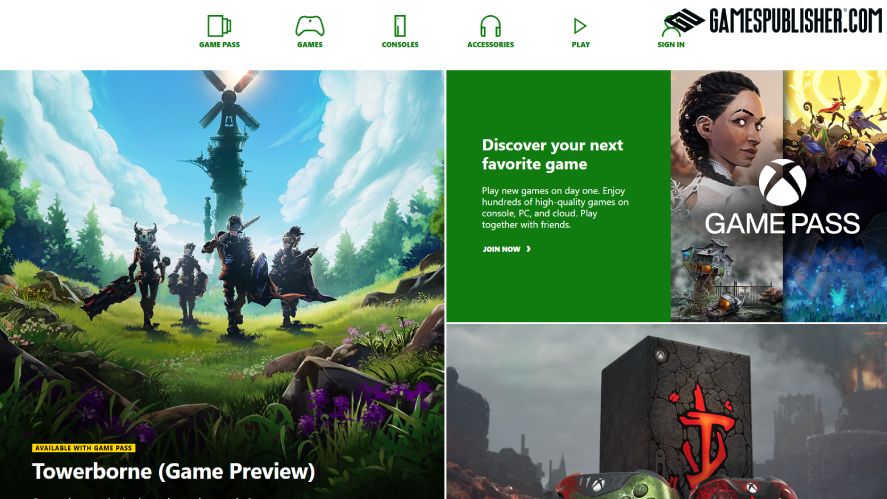Welcome to Gamespublisher.com, where we’re all about helping game developers and video game publishers navigate the wild ride of game development and game publishing.
The video game publishing industry is the backbone of getting games from a game developer’s brain to players’ screens. Understanding its ins and outs can make or break your project’s success.
Whether you’re crafting a quirky indie or a blockbuster, knowing what a video game publisher does can transform your gaming vision into a hit.
In this article, we’ll unpack the aspects of game publishing to help your game shine in the industry of video games.
Video Game Publishing Industry Overview
The video game publishing industry is the engine that powers gaming. It bridges game developers with players through funding, distribution, and hype.
Whether it’s top video game publishers or indie video game publishers, understanding what does a video game publisher do is crucial for anyone in game development.
Let’s dive into the core of game publishing and how it’s evolved to shape today’s video game genres.
Definition and Role of Publishers in Gaming
So, what is a video game publisher?
A video game publisher is a company that takes a game developer’s creation and gets it out into the world. It handles everything from cash to buzz.
Their main gigs include funding game development, marketing, distribution, and often post-launch support.
For example, top video game publishers like Activision might fund Call of Duty’s massive campaigns, while indie video game publishers like Annapurna Interactive polish artsy gems like Stray.
Publishers work hand-in-hand with game developers, sometimes guiding game genres or pushing for crunch. However, their muscle in the video game industry ensures your gaming dream hits the shelves, or digital storefronts, in style.
Evolution of the Video Game Publishing Industry
The video game publishing industry has come a long way since the days of consoles. It morphs with tech and player habits in the industry of video games.
Back in the ‘80s, giants like Nintendo ruled game publishing. They control every game genre from production to store shelves, leaving game developers little wiggle room.
Fast-forward to the 2000s, and digital platforms like Steam flipped the script. This lets indie video game publishers like Team17 push titles like Worms with less overhead.

Today, Epic Games Store, mobile app stores, and cloud gaming services have democratized game publishing. They let game publishers big and small reach global audiences.
This shift means game publishing in 2025 will be more accessible but fiercely competitive, demanding savvy moves to stand out.
Key Functions in the Video Game Publishing Industry
The video game publishing industry is a powerhouse that turns game development dreams into reality, with video game publishers juggling a ton of roles to get video game genres into players’ hands.
Here’s a peek at the core jobs game publishers handle to ensure gaming success in 2025.
Game Funding and Investment
Funding is a massive game publishing task, where video game publishers bankroll game developers to bring game genres to life, often taking big risks early on.
Publishers like EA might drop millions on an AAA shooter, covering costs from concept to crunch time.
For indie video game publishers like Raw Fury, it’s about smaller bets, and funding milestones for a quirky puzzle game.
These investments are gambles. However, they’re key to letting game developers focus on creating while game publishers shoulder the financial heat.
Marketing and Public Relations
Marketing and PR are where video game publishers shine, building buzz for games through slick strategies.

Think trailers that give you chills, like Cyberpunk 2077’s E3 sizzle reels, or social media campaigns on X hyping game genres like battle royales. Publishers tap influencers and splash at expos like Gamescom to show off gaming titles.
These efforts ensure game publishing grabs eyes and wallets, making or breaking a launch.
Distribution Channels and Platform Partnerships
Distribution is a critical game publishing function, with game publishers navigating distribution platforms like Steam, PlayStation, Xbox, Nintendo, and mobile stores to get video games to players.
A video game publisher negotiates deals, like Sony’s cut for landing Horizon Zero Dawn on PS5, or secures prime spots on the App Store for gaming hits like Genshin Impact.
On the other hand, indie video game publishers might lean on Steam’s open ecosystem to push their games.
These partnerships shape the video game industry, ensuring game publishing reaches every corner of the video game industry.
Localization and Cultural Adaptation
Localization is a sneaky but vital game element, where video game publishers tweak games for global markets, adapting languages and cultural vibes.
A game developer might craft a JRPG, but a video game publisher like Square Enix ensures Final Fantasy’s dialogue sings in Spanish or its humor lands in Japan.

Cultural tweaks, like swapping out food refs in Persona 5 for Western players, avoid alienating fans.
This localization work expands game publishing to every corner, making game publishers global players.
The Business Models in the Video Game Publishing Industry
The video game publishing industry runs on diverse business models that shape how game developers and game publishers split the pie.
Here’s how video game publishers make it work in 2025’s video game industry.
Revenue Sharing and Royalties
Revenue sharing is a core game publishing model, where game developers and video game publishers split profits based on contracts.
A common deal might give game developers 70% after platform cuts (e.g., Steam’s 30%), with game publishers taking 30% for funding.
Indie video game publishers like Devolver often offer better splits, like 80-20, for game developers.
As you can see, game publishers recoup costs first, then pay royalties, which can sting if sales flop. These deals fuel the video game publishing industry, balancing risk and reward for gaming projects.
Licensing and Intellectual Property Management
IP management is a big deal in game publishing, as game publishers handle who owns the games and their worlds.
A game developer might create a hit like Braid, but a video game publisher like Microsoft could own the IP if they funded it, controlling sequels or merch.

Indie video game publishers often let game developers keep IP, as Annapurna did with Journey, fostering trust. So, negotiating these rights is crucial.
This ensures game publishing protects game publishers and creators alike.
Publishing Indie vs. AAA Games
The video game publishing industry splits sharply between indie and AAA approaches.
Indie video game publishers like Yacht Club Games focus on lean game development. They back games with modest budgets and hands-on PR, letting game developers shine creatively.
Top video game publishers like EA, however, throw millions at AAA games. They demand tight schedules and global marketing blitzes that can stress game developers.
Both fuel gaming, but their game publishing styles shape the video game industry’s diversity.
Emerging Trends in the Video Game Publishing Industry
The video game publishing industry is always shifting, with new trends shaking up to bring video game genres to life.
Buckle up as we explore what’s driving the video game industry forward.
Self-Publishing and Digital Distribution
Digital platforms have flipped game publishing on its head, letting game developers take the wheel through self-publishing on sites like itch.io or Steam Direct.
Crowdfunding platforms, like Kickstarter, add fuel, with game developers raising millions without a video game publisher. Take Stardew Valley as an example, as Eric Barone self-published on PC, then consoles, keeping creative control and bigger profits.
Meanwhile, digital storefronts cut out middlemen, though indie video game publishers still help with polish and PR for hits like Enter the Gungeon.
Subscription Services and Cloud Gaming
Subscription models and cloud gaming are rewriting game publishing playbooks, with services like Xbox Game Pass and GeForce Now shaking up the video game publishing industry.
Game Pass drops game genres for subscribers, pushing top publishers to prioritize player retention over one-off sales.

Cloud platforms let gaming hit phones or low-end PCs, so publishers can stream games to anyone with Wi-Fi.
On top of that, these services spread video game genres wide. However, game developers face tighter margins as video game publishers lean on live-service tweaks to keep players hooked.
It’s a bold shift, reshaping what a video game publisher does to thrive in the video game industry.
Mergers, Acquisitions, and Consolidation
Big-ticket mergers are rocking the video game publishing industry, with top publishers snapping up studios to flex their ability in gaming.
Microsoft’s 2021 buy of Bethesda and Activision Blizzard for $68.7 billion brought games like Elder Scrolls under one roof. This boosts game pass but sparks fears of less indie titles.
Consolidation can streamline game publishing, but it squeezes competition. This leaves indie video game publishers to carve niche video game genres.
Smaller game developers might struggle as giants dominate, yet acquisitions can fund bold game development. This tug-of-war shapes the industry of video games, balancing innovation with market control.
Challenges in the Video Game Publishing Industry
The video game publishing industry isn’t all smooth sailing, as game publishers and game developers face tough hurdles that test their grit.
Here’s what video game publishers are up against in 2025’s gaming landscape.
Discoverability and Market Saturation
With thousands of video game genres flooding platforms, standing out is a nightmare without video game publishers.
Market saturation means even killer game development can get buried, and indie game developers struggle to get noticed unless indie video game publishers join in.
Algorithms favor big top video game publishers like EA, leaving smaller game genres fighting for scraps.
Crowdfunding or X buzz can help, but game publishing often hinges on publishers landing store features or influencer nods. It’s a brutal reality in the industry of video games, where visibility is half the battle.
Ethical and Legal Considerations
Ethical and legal headaches are a growing pain in game publishing, with video game publishers navigating murky waters to keep gaming fair and legitimate.
Crunch time draws flak, as seen in Cyberpunk 2077’s rocky launch.
Data privacy laws, like GDPR in Europe, force game publishers to secure player info, while global regulations demand games dodge cultural missteps.
For instance, game publishers tweak game characteristics to comply with China’s censorship.
These issues push game publishing to balance profit with integrity, shaping trust in the video game publishing industry.
Conclusion
The video game publishing industry is the beating heart of gaming, turning game development into global hits through funding, marketing, and strategy.
For game developers, aligning with a video game publisher whose vision matches yours is key to nailing game publishing.
From dodging market saturation to embracing cloud gaming or ethical practices, understanding what a video game publisher does unlocks your shot at the big leagues.
Gamespublisher.com is your go-to for video game industry insights, offering guides and updates to navigate game publishing like a pro. Dive in, pick your path, and make your video game genres shine in 2025.
Loading survey...

